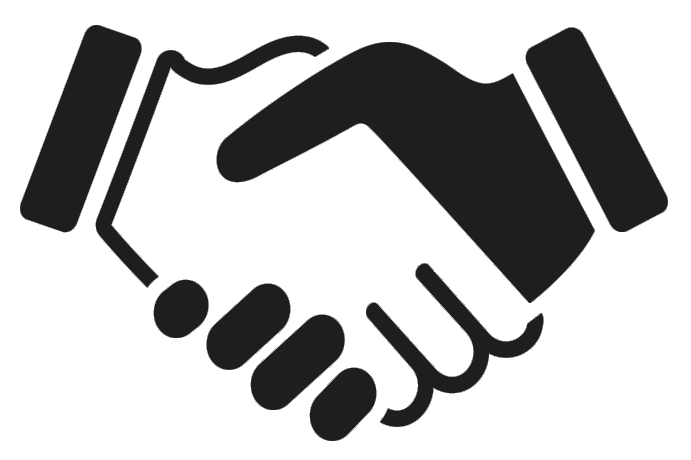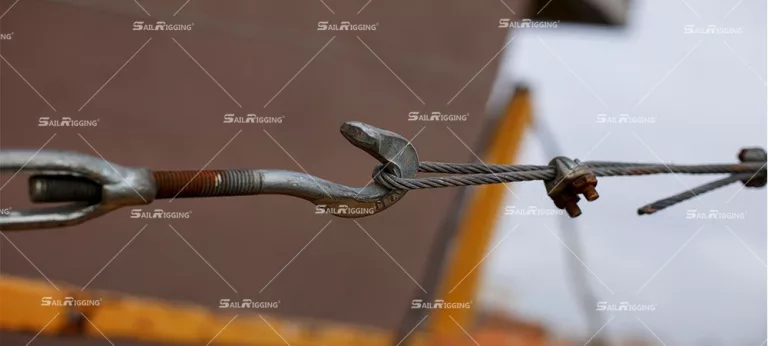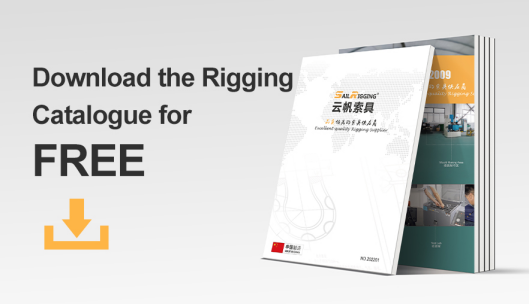Turnbuckles are essential components in rigging, lifting, and securing systems. Their primary function is to adjust the tension of cables, ropes, and wires by allowing for easy length adjustments. One of the key factors in selecting the right turnbuckle for your project is the type of end fittings it has. The end fittings are what connect the turnbuckle to other rigging components, and there are several configurations available, each suited to specific applications. In this article, we will explore the three most common types of turnbuckle ends: eye and eye, hook and hook, and jaw and jaw.
- Eye and Eye (Double Eye) Turnbuckles
The eye and eye turnbuckle has two eyes (looped ends) on either side of the turnbuckle body. The eyes are typically round and are designed to be connected to other rigging hardware like eye bolts, shackles, or loops. This configuration allows for a secure, stable connection between the turnbuckle and other rigging components.
Applications
- Marine rigging, for securing cables or wire ropes to other components.
- Construction or structural applications, where they help maintain tension in cables or wires used to stabilize buildings, bridges, or scaffolding.
- Fencing and agriculture, where eye and eye turnbuckles provide tensioning for wire fences or other tensioned systems.
Advantages
- Ideal for permanent or semi-permanent installations where both ends of the turnbuckle need to be attached to a loop or fixed anchor point.
- Secure and stable connection with eye bolts or loops, reducing the risk of accidental detachment.
- Easy to use and adjust for precise tensioning.
- Hook and Hook Turnbuckles
A hook and hook turnbuckle features a hook at both ends. These hooks are typically shaped like a “J” and are designed to hook onto another component, such as a link, clevis pin, or eye. The hooks are typically large and can be connected to various rigging systems that require quick attachment and detachment.
Applications
- Shipping and cargo operations, where hooks allow for quick attachment to anchor points.
- Temporary rigging in construction or event setups, where components need to be easily connected and adjusted.
- Marine applications, particularly for securing boat rigging or sails.
Advantages
- Quick and easy installation, making them ideal for temporary rigging setups or applications requiring frequent adjustments.
- The hooks offer easy removal when rigging systems need to be taken down quickly, without the need for additional tools.
- Ideal for applications with frequent load changes or where ease of operation is crucial.
- Jaw and Jaw Turnbuckles
The jaw and jaw turnbuckle has a jaw on each end, which is designed to be attached to components like clevis pins, links, or other hardware with a hole for the jaw to fit into. The jaws are usually secured with a pin or bolt, providing a strong and reliable connection.
Applications
- Heavy-duty rigging systems, where strong, secure connections are required under high tension.
- Construction and structural support systems, such as for cable-stayed bridges, high-rise buildings, and other structures that require tensioning.
- Marine environments, for securing masts, rigging, and cables on ships or offshore platforms.
Advantages
- Provides an extremely secure connection, with the jaws locking into clevis pins or similar components.
- Ideal for high-load applications, ensuring that the connection can withstand heavy tension without failure.
- The locking mechanism ensures that the jaw will not accidentally detach from the rigging hardware, offering greater security.
How To Choose the Right Turnbuckle End
The selection of a turnbuckle end depends on the specific requirements of your rigging application, including the type of load, tension required, and how frequently you need to adjust the connection.
- Eye and Eye turnbuckles are ideal for fixed and permanent connections that require a secure loop, making them suitable for most industrial and construction applications.
- Hook and Hook turnbuckles are best for temporary rigging or applications that require quick adjustments or disconnections, such as in shipping or event setup.
- Jaw and Jaw turnbuckles are designed for high-load, heavy-duty applications, where secure, long-lasting connections are needed for structural integrity.
The three most common types of turnbuckle ends—eye and eye, hook and hook, and jaw and jaw—each offer unique advantages that make them suitable for different rigging needs. Whether you’re adjusting the tension of cables on a construction site, securing a mast on a boat, or setting up temporary rigging for a shipping load, understanding these options will help you choose the right turnbuckle for your project. Selecting the correct type of turnbuckle end ensures safety, reliability, and efficiency in your rigging systems. We have US drop forged turnbuckles, JIS frame turnbuckles, DIN1480 turnbuckles, DIN1478 turnbuckles for you choose, if you have any question about how to choose right turnbuckles, just feel free to contact Sail Rigging.





